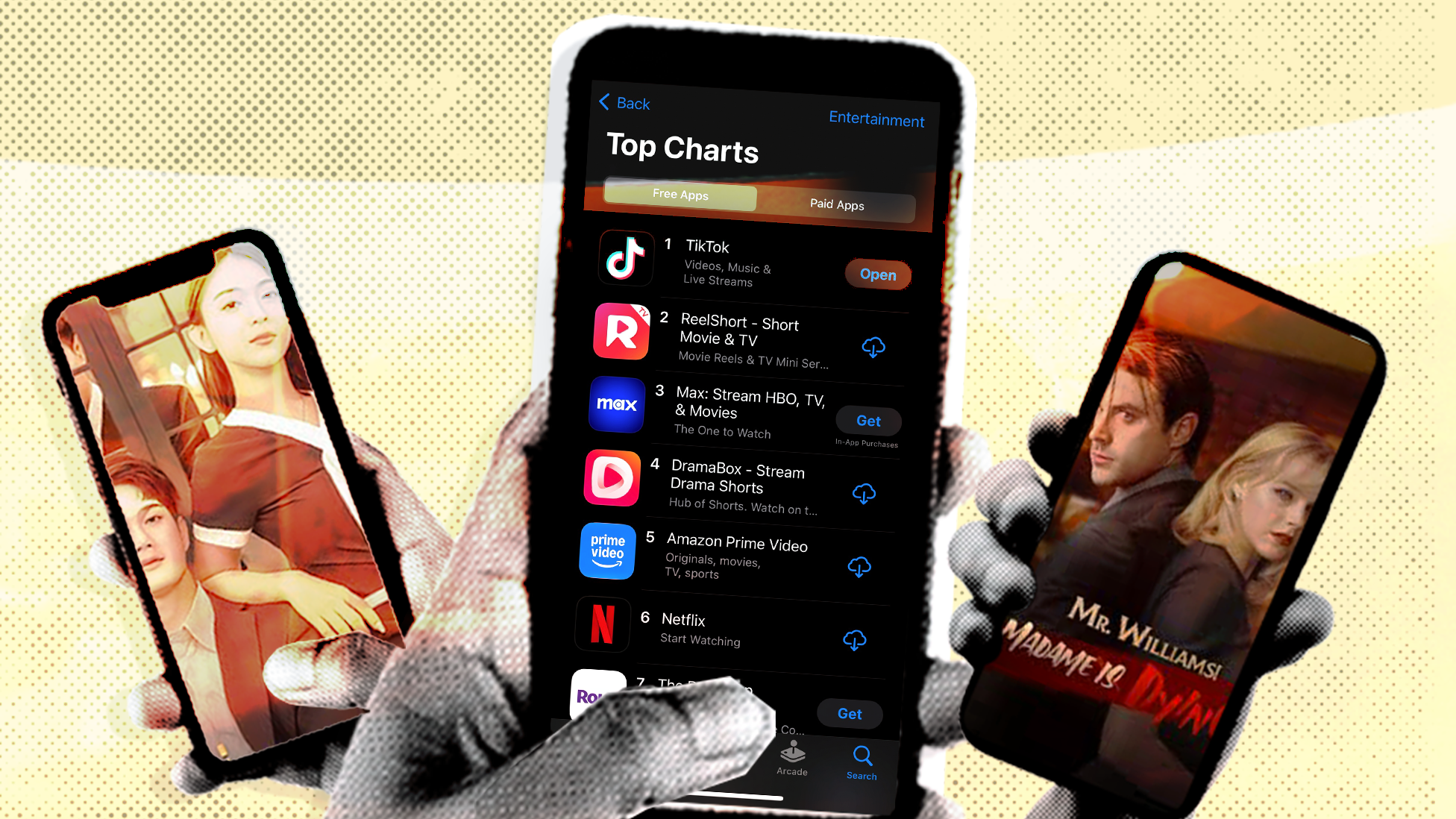Sport: at what age to start and what disciplines to choose for development

Sport is a source of psychophysical well -being also for children. On the occasion of the World Day, interview with Giulia Cafiero, Sports Medicine Pediatric Hospital Bambino Gesù
Play sports It is essential for psycho-physical well-beingnot only adults, but also of children. On the occasion of the World Day that is celebrated on April 6thlet’s find out at what age it is good to start, which disciplines are to be preferred for a better development of children and what to do or not do in the case of chronic pathologies.
Sport: at what age to start
There is no predetermined age to start. «Much depends on how we mean sport for the little ones. If it is synonymous with movement, then it is good to start from a very young age – recommends Giulia Cafieromedical manager at the UOS of Sports Medicine of theBambino Gesù Pediatric Hospital -. The habit of moving must be transmitted to children already from the first months of life. Gradually with growth, the movement will be modulated and structured. Sport, in fact, provides for patterns and rules for which It is good to wait at approximately the school age. First, however, there are many disciplines that, in the name of fun, propose a preparatory activity. An example are the baby swimming, dance, athletics. All stimulate physiological movements and can be started from 3 – 4 years, and then choose the specialization around 6 ».
Team or individual sports?
Often it is believed that team sport is preferred to the individual one, because it is more fun and socializing. « It all depends on the child. If he has not reached a level of motor development adequate to the rest of the team, everything will be more difficult – continues Cafiero -. Not only that, in fact, he will have to work on himself, but also on the relationship with his companions and opponents. This could create frustration. Team sports are often managed at the registry level, but in pediatric age, age does not always correspond to the same degree of public and motor maturation. It is therefore good not to make too much to not risk abandoning a sport that could go very well later ». No restrictions then for the « asymmetrical » disciplineslike tennis and fencing. « Children should not be removed from these sports, but the right athletic preparation is needed, which restores balance thanks to a compensation work, » reassures.
Essential even in the case of chronic pathologies
Even children with serious pathologies they must not give up sportbut approach it with the right times, loads and recoveries. « For example, For those who have diabetes, sport is fundamentalbut especially the early stages are complex. Slicks can occur and it is therefore good to shorten the assessments, in accordance with the treating specialist. It is indispensable for the boys so as not to make them perceive the deficit. Doing sports makes them feel healthy and not different from the others. So the sporting activity should not be removed but adapted to the individual and his pathology. In case of others serious chronic diseases, adapted preventive motor activity can be requested: exercise is prescribed ad hoc for the individual patient. It must not be a physiotherapy but a physical exercise calibrated on the person ».
Sport: screening before starting
Before 6 years no examination is mandatory, since the activity is intended as a controlled game and is also less impacting than the free game at the park. Starting from 6 yearsInstead, An annual visit is scheduled It is recommended, once a year, an electrocardiogram (ECG), since in this phase the child is in full evolution. « When the activity becomes competitive, first level tests are needed And, in case of suspicions or pathologies, even of a second level. The echocardiogram is included in the latter, if anomalies have been found in the ECG. Regardless, the echocardiogram recommend it as a screening if the activity is very demanding or when the child reaches adolescence « , he concludes. In short, Sport is indispensable from very young. It is itself a therapy and, in healthy people, a valid tool for preventing cardiovascular and metabolic diseases. It also improves self-esteem, the quality of life and contributes significantly to psycho-physical well-being. Also of the child.





/s3/static.nrc.nl/images/gn4/data133355903-5bc084.jpg)


